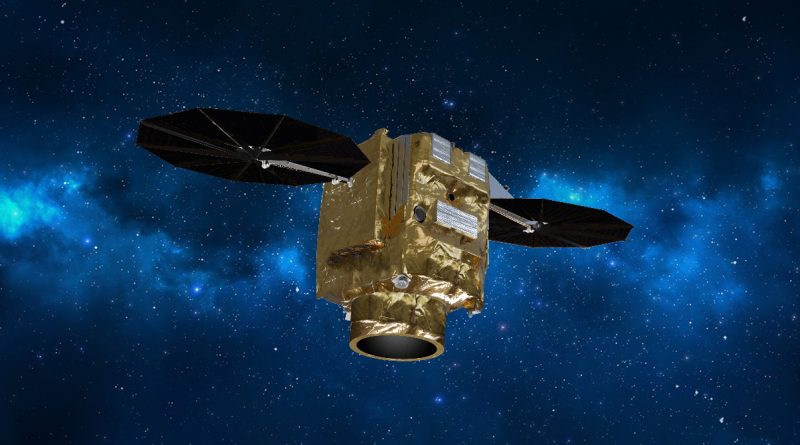Airbus to Add Four New Satellites to Its Optical and Radar Satellite Constellation
Will offer enhanced performance and high reactivity with their direct access to data relay communication system
The production of Airbus’ four new very high resolution satellites, which together will form the Pléiades Neo constellation, is scheduled for launch in 2020. The satellites will join the already leading Airbus constellation of optical and radar satellites and will offer enhanced performance and high reactivity in the market with their direct access to the data relay communication system, known as the Space Data Highway.
Funded, manufactured, owned and operated by Airbus, Pléiades Neo is said to be a breakthrough in Earth observation domain and will provide customers with high-level service continuity for the next 15 years.
This first batch of four optical and very agile satellites will double the number of visits per day anywhere on Earth and offer a re-tasking rate which is five times higher than previous constellations. Each satellite will be adding half a million km² per day at 30cm resolution to Airbus’ offering. These images will be streamed into the One Atlas online platform, allowing customers to have immediate data access, analytics and correlation with Airbus’ unique archive of optical and radar data.
“With Pléiades Neo, we will have the most advanced high-resolution constellation on offer for both commercial and secured governmental applications with another four satellites added to our existing Airbus fleet of ten accessible Earth observation satellites,” said Head of Communications, Intelligence and Security at Airbus Defence and Space, Evert Dudok. “The fact that Pléiades Neo is equipped with the latest Laser Communication Technology gives our customers an advantage of speed that will be unrivalled in our industry for a long time,” he added.
The Pléiades Neo will utilize the Space Data Highway to ensure high system reactivity, lowest latency and high volume data transfer. Because of the very high communication bandwidth possible with lasers of up to 1.8 gigabit per second and the geostationary orbit positioning of the relay satellites, up to 40 terabytes per day can be transmitted securely in quasi-real-time to Earth, as opposed to the delay of several hours sometimes experienced today. The four satellites will be equipped with reactive Ka-band terminals that will allow last minute tasking updates, even if the satellites are beyond their ground stations’ line-of-sight. This makes Pléiades Neo an important asset for customers, when it comes to the assessment of natural disasters and first line response for civil and military applications. The customers will also take advantage from its increased monitoring capability and operational efficiency.
The Space Data Highway, also known as the European Data Relay System (EDRS), was developed through a public-private partnership (PPP) between the European Space Agency (ESA) and Airbus, and actually benefits to the Sentinel satellites of the European Union’s Copernicus programme. The Pléiades Neo will be the first commercial constellation to be equipped with this technology, and therefore, able to provide a unique responsiveness level.


